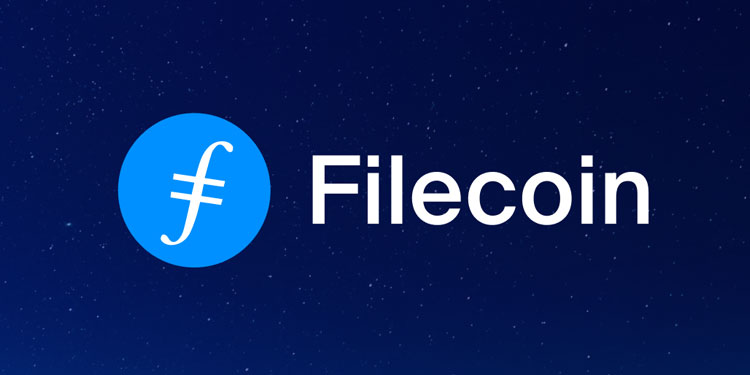 Filecoin (FIL) adds to the Decentralized Finance (DeFi) ecosystem in a number of ways, including the addition of the Filecoin Virtual Machine (FVM) protocol and the variety of storage options it provides. The FVM utility provided functional support for smart contracts and decentralized apps, allowing the blockchain enterprise to join the DeFi market.
Filecoin (FIL) adds to the Decentralized Finance (DeFi) ecosystem in a number of ways, including the addition of the Filecoin Virtual Machine (FVM) protocol and the variety of storage options it provides. The FVM utility provided functional support for smart contracts and decentralized apps, allowing the blockchain enterprise to join the DeFi market.
With the switch to DeFi through FVM, Filecoin’s core competence as a supplier of file storage services has increased its appeal to DATA DAOs and metaverse gaming companies. The interoperability of the network’s many branches has made it possible for users of the Filecoin protocol to enjoy a variety of features thanks to the smart contract support pivot.
In a recent blog post, Filecoin said that the introduction of the Filecoin Virtual Machine (FVM) has made the Filecoin network programmable. Beyond recording transactions, proofs, and simple transactions, the blockchain has broadened its range of applications. EVM compatibility also enables the speedy deployment of already-created Ethereum smart contracts.
Since its debut in March, the FVM ecosystem has grown somewhat. Filecoin has introduced the Interplanetary Consensus Framework (IPC) to enhance its current DeFi capabilities. IPC, formerly known as Hierarchical Consensus, was created to address the main problems that blockchain networks face. This includes the type of apps and the number of transactions.
The IPC architecture is designed to help in the event that the FVM protocol becomes overloaded as a consequence of rapid adoption and expansion. As the demand for blockspace rises, IPC will enable the creation of hierarchical subnets, boosting the volume of transactions per second.
The Interplanetary Consensus framework (IPC) is ready to tackle two of the biggest challenges facing blockchains:
1️⃣ transaction volume
2️⃣ application heterogeneityDiscover how IPC enhances the Filecoin network in our latest blog post! ⤵️ https://t.co/nQZZBqdjgm pic.twitter.com/NMAQ3vHmmP
— Filecoin (@Filecoin) May 2, 2023
IPC’s major objective is to increase apps’ operating effectiveness and lessen the needless strain on the Filecoin mainnet. The IPC protocol took 18 months to develop and required a large amount of technical knowledge. Understanding the set of rules that will control how the built subnets interact with one another is an important consideration. The number of transactions executed in the networks of various blockchain protocols is being increased via the investigation of novel techniques. While Layer-2 protocols with rollups are becoming more popular on Ethereum’s blockchain as a scaling tool, Cardano’s scaling solution currently relies on its unreleased Hydra.
Each of these scaling solutions has certain advantages and skills. These networks are creating scaling tools that enable simple upgrades as the network expands in order to improve security.








